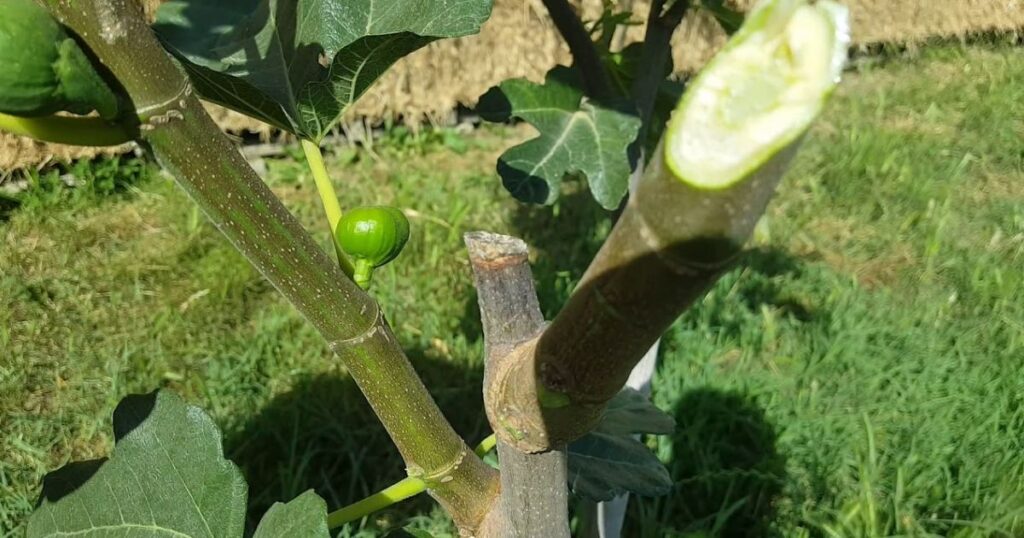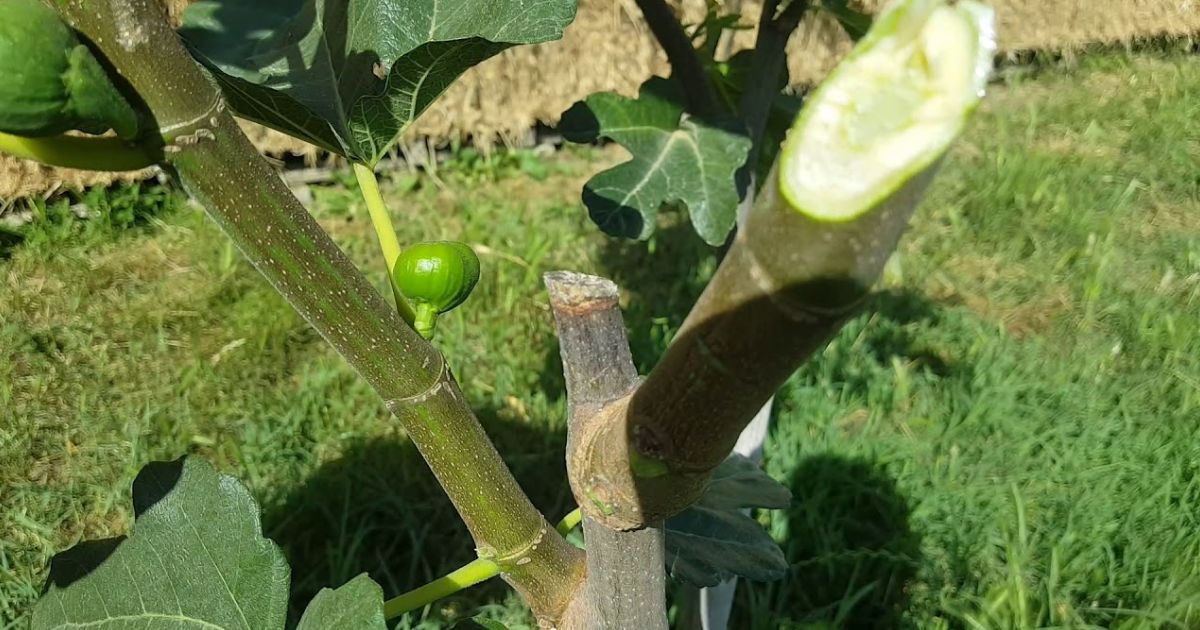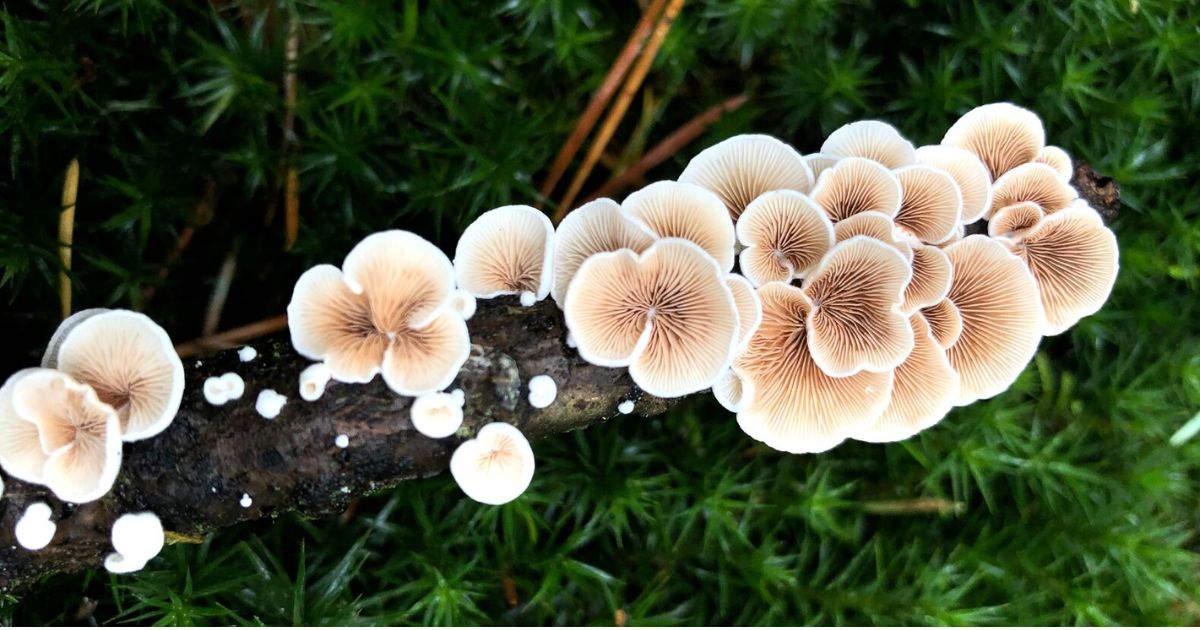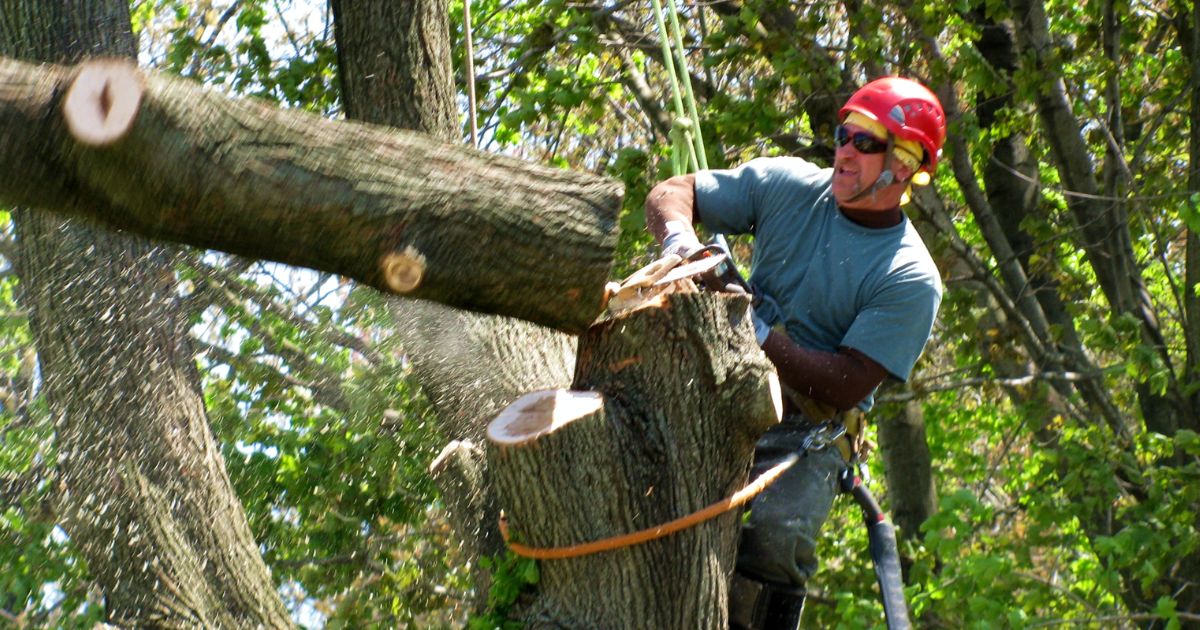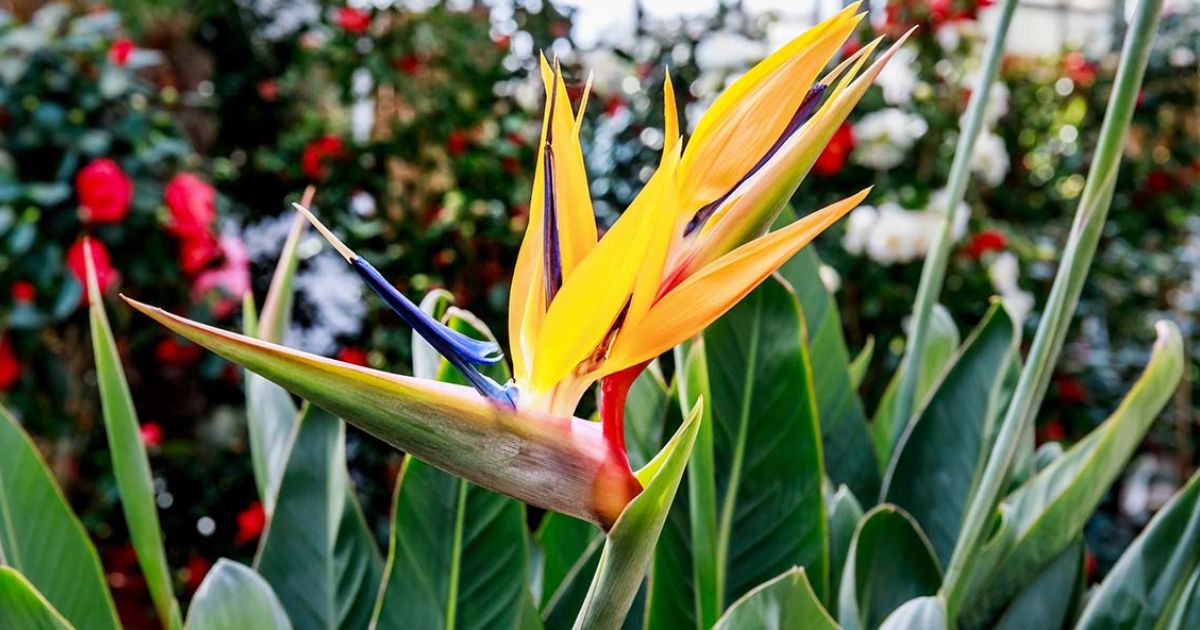Pruning a fig tree might seem intimidating at first, but it’s one of the best ways to ensure your tree stays healthy and produces plenty of delicious fruit each year. Whether you’re growing a fig tree in your backyard or in a pot, regular pruning helps manage its size, shape, and productivity. Without pruning, fig trees can quickly become overgrown, leading to fewer fruits, crowded branches, and increased risk of disease.
By removing weak or unnecessary branches, you permit air and sunlight to enter the inner canopy. Two essential ingredients for sweet, juicy figs. Pruning also encourages new growth, which is where most of the fruit develops. The good news is that fig trees are very forgiving, making them perfect for beginner gardeners.In this guide, you’ll learn everything you need to know about pruning fig trees for fruit, from the best time to prune and what tools to use, to step-by-step tips for both young and mature trees. By the end, you’ll feel confident shaping your fig tree for maximum fruit production and long-term health.
Why Pruning Fig Trees Is Important
Pruning is one of the most effective ways to help your fig tree grow stronger and produce more fruit. It’s not just about cutting branches; it’s about shaping the tree for balance, When Are Figs in Season light, and long-term productivity. When done correctly, pruning transforms a messy, tangled fig tree into a well-structured and fruitful one. Here are the main reasons why pruning fig trees is so important:
Encourages Better Fruit Production
Fig trees naturally produce fruit on new growth. When you prune old or unproductive branches, you stimulate fresh growth, which leads to more and better-quality figs. A well-pruned tree channels its energy into fruiting rather than maintaining unnecessary wood.
Improves Air Circulation and Sunlight Exposure
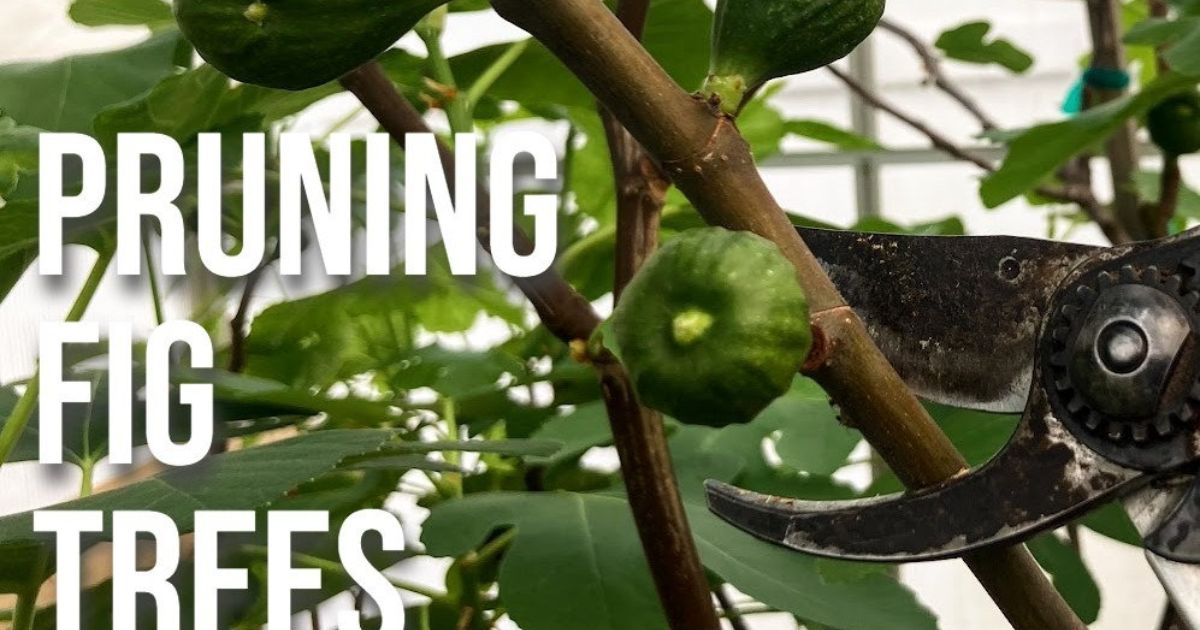
Dense foliage can block sunlight and trap moisture, making it ideal conditions for pests, mold, and mildew. Pruning allows sunlight to enter the canopy. All parts of the tree and improving airflow are two key factors in healthy fruit ripening and disease prevention.
Keeps the Tree Manageable in Size
Unpruned Fig tree pruning guide can grow tall and wide, making it challenging to harvest fruit and maintain the tree. Regular pruning keeps your fig tree at a comfortable height and encourages a balanced shape that’s easy to care for and harvest from.
Promotes Strong Structure and Healthy Growth
By selectively trimming branches, you can train your fig tree to develop a sturdy framework. This helps prevent weak limbs from breaking under the weight of fruit and ensures the tree remains stable during strong winds or heavy rains.
Reduces Disease and Pest Problems
Old, crowded, or damaged branches often attract pests and diseases. Removing them helps improve overall plant hygiene and reduces the chance of infections spreading. A clean, open canopy makes it easier to spot and treat any early signs of trouble.
In short, Summer pruning fig trees pruning is not just a cosmetic task; it’s essential care that directly impacts how well your fig tree grows and how much fruit it yields. A little time spent pruning each year can reward you with a healthier, more productive fig tree for years to come.
When to Prune Fig Trees
When Pruning mature fig trees, timing is crucial. Pruning at the right time encourages healthy new growth and ensures a big, sweet harvest. On the other hand, pruning at the wrong time can stress your tree, slow fruiting, or even expose it to frost damage. Here’s how to get the timing just right:
Best Time to Prune: Late Winter to Early Spring
- The ideal time to prune fig trees is right before new growth starts in late winter or early spring. At this stage, the tree is still dormant, meaning its energy is stored safely in the roots. Now, pruning reduces the tree’s stress and sap loss.
- Stimulate vigorous new shoots once the weather warms up.
- Shape the tree before leaves and fruit start to develop.
Summer Pruning (Optional Light Trimming)
You can also perform light pruning in summer, especially if your Fig tree care tips grows too fast or becomes bushy. Summer pruning helps:
- Control size and maintain shape.
- Improve airflow during humid months.
- Redirect the tree’s energy toward ripening When to Prune Pear Trees existing fruit rather than new growth.
However, avoid heavy pruning in summer, as it can shock the tree and reduce fruit yield. Only remove suckers, small shoots, or crossing branches.
Avoid Pruning in Late Fall or Early Winter
Pruning too early, when the tree hasn’t gone fully dormant, can make it vulnerable to cold damage. Fresh cuts expose the wood to frost, which can kill young branches and affect fruiting next season.
If your region experiences harsh winters, wait until the coldest months have passed before picking up your pruning shears.
Newly Planted Fig Trees
For young fig trees, pruning should start during the first dormant season after planting. Early pruning helps establish a strong structure that will support future fruit production.
In summary, the best time to prune fig trees is late winter to early spring, right before new buds appear. A light summer trim can help with shape control, but avoid pruning during frost or extreme heat. How to Get Rid of Fig Beetles: A Comprehensive Guide Timing your pruning right ensures a healthier tree and a more abundant harvest year after year.
Tools You’ll Need for Pruning

Before you start Pruning young fig trees, it’s essential to have the right tools on hand. Using clean, sharp, and well-suited tools makes the job easier, faster, and safer for both you and your tree. Here’s a complete list of essential tools and how to use them effectively:
Pruning Shears (Hand Pruners)
These are your go-to tools for small branches and twigs, usually less than ½ inch thick. Choose a sharp pair of bypass pruners (which make clean cuts like scissors) rather than anvil-style pruners (which can crush branches).
Loppers
Loppers are like long-handled pruners, perfect for cutting thicker branches up to about 1½ inches wide. The extra leverage from the long handles helps you reach deeper into the tree without straining your hands or climbing.
Pruning Saw
For mature fig trees with older, woody branches, When to Prune Pear Trees a pruning saw is essential. These saws have narrow, curved blades designed to make smooth cuts on thicker branches without tearing the bark.
Gloves
Your hands will be shielded from cuts by a strong pair of gardening gloves. Splinters and sticky fig sap, which can sometimes irritate the skin. Look for gloves that are flexible but durable enough to handle sharp tools.
Disinfectant or Rubbing Alcohol
Before and after pruning, clean your tools to prevent the spread of disease between cuts or trees. Wiping blades with rubbing alcohol or a 10% bleach solution is a simple but vital step for plant health.
Ladder (If Needed)
If your fig tree is tall, use a stable step ladder to reach the upper branches safely. Avoid overreaching or climbing the tree itself, as this can damage both you and the plant.
A Collection Bucket or Tarp
Keep a bucket or tarp nearby to collect pruned branches and debris. How Do You Harvest Seeds This helps maintain a tidy workspace and makes cleanup easier.
Safety and Maintenance Tips:
- Always wear eye protection when cutting overhead branches.
For accurate cuts, keep your equipment clean and sharp.
- To avoid rust, keep tools in a dry location.
Having the right tools not only makes pruning smoother but also ensures your fig tree stays healthy after each trim. Remember, clean cuts heal quickly, and sharp tools mean less stress for your tree and better results for you.
How to Prune a Young Fig Tree (Training Stage)
Pruning a young fig tree is all about building a strong foundation for future growth and fruiting. The first one to two years after planting are crucial because this is when you shape the tree’s structure. A well-trained young fig tree will grow evenly, stay manageable in size, and produce plenty of fruit later on.Start by pruning your young fig tree during its first dormant season, right after planting. Cut the main stem back to about 2–3 feet tall. How to Cut a Tree Back Safely and Effectively This encourages the tree to develop multiple strong branches near the base, forming a sturdy framework. In the following spring, select 3 to 5 healthy, evenly spaced branches to keep as the main structure (also called scaffold branches). Remove any others growing too close together, crossing, or pointing inward toward the trunk.
In the second year, continue shaping the tree by trimming long or unbalanced branches to maintain an open, vase-like form. This allows sunlight and air to reach the center of the tree, reducing disease risk and promoting vigorous growth. Avoid over-pruning. The goal is to guide the tree, not stunt it. With consistent care during the early years, your young fig tree will develop a strong shape ready to produce abundant fruit in the seasons to come.
How to Prune a Mature Fig Tree for More Fruit
Once your fig tree is established and producing fruit, regular pruning becomes key to keeping it healthy and productive. Mature fig trees can become dense and tangled over time, limiting sunlight and airflow, two essential elements for fruit development. Strategic pruning each year helps your tree focus its energy on producing high-quality figs rather than on unnecessary branches or leaves.Start by pruning your mature fig tree while it is still dormant in late winter or early spring. Begin by removing any dead, diseased, or damaged wood. These branches can drain nutrients and invite pests. Next, cut out any crossing or rubbing branches to prevent wounds and improve airflow through the canopy. Open up the center of the tree so that sunlight can reach all parts evenly.
Then, shorten long, leggy branches by cutting back about one-third of their length. This stimulates new shoots, which will bear fruit in the coming season. Focus on keeping 3–6 strong, well-spaced main branches that form a balanced structure. If the tree has grown too tall, prune back the upper limbs to maintain a manageable height for easy harvesting.Finally, remove suckers growing from the base or roots, as they steal energy from the main tree. Step back occasionally to check for symmetry and ensure the tree looks open and airy. With consistent pruning each year, your mature fig tree will stay strong, healthy, and loaded with sweet, plentiful fruit.
Summer Pruning Tips for Fig Trees
While most pruning is done in late winter or early spring, a little summer pruning can go a long way in keeping your fig tree healthy, tidy, and more productive. Summer pruning is lighter and focuses on maintaining shape, controlling size, and encouraging fruit ripening, rather than significant branch removal. Here’s how to do it right:
Focus on Light Trimming
During summer, your fig tree is in its active growth stage, so avoid heavy pruning. Instead, trim only new shoots that grow too long or branches blocking sunlight from reaching developing fruit. This helps the tree channel energy toward ripening figs rather than producing more leaves.
Don’t Over-Prune in Hot Weather
Avoid cutting too much foliage during very hot or dry conditions. Leaves protect the tree and its fruit from sunburn. If you remove too many branches, your tree may become stressed and drop its fruit prematurely.
Keep the Tree Manageable
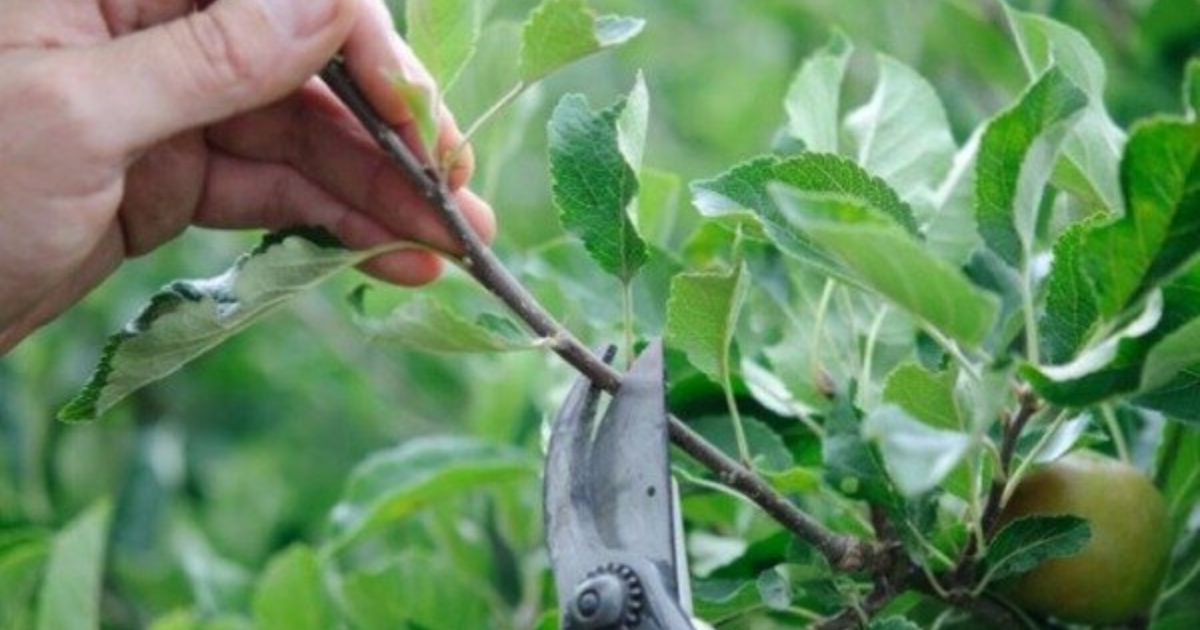
If your fig tree is growing too tall, lightly pinch back the tips of new vertical growth. This encourages side branching and keeps the tree compact, making future pruning and harvesting easier.
A few careful snips during summer can make a big difference in fruit quality and tree shape. Think of summer pruning as maintenance, not a full haircut. Done correctly, it keeps your fig tree vigorous, balanced, and ready for a strong harvest season.
Conclusion
Pruning fig trees is one of the most effective ways to boost fruit production, maintain tree health, and keep growth under control. Whether your tree is young and still forming its shape or mature and producing fruit, regular pruning ensures it stays strong, balanced, and full of life. By removing weak, dead, or crowded branches, you allow sunlight and air to reach every part of the tree, creating the perfect environment for sweet, juicy figs.
Recall that late winter or early spring is the ideal time to prune. Before new growth begins, with only light touch-ups during summer. Use clean, sharp tools and always make careful, strategic cuts. A few thoughtful minutes each year can lead to many seasons of healthy growth and abundant harvests.With patience and consistency, your fig tree will reward you with more fruit, easier maintenance, and a beautiful shape that enhances your garden year after year.
FAQ
Can I prune my fig tree in summer?
Yes, but only lightly. Summer pruning should focus on removing small shoots, suckers, or branches that block sunlight. Heavy trimming should be avoided during this period to avoid stressing the tree and decreasing fruit output.
How much should I prune each year?
For mature fig trees, remove about 20–30% of the branches each year. This is enough to encourage new growth and keep the tree open and balanced without reducing next season’s fruit yield.
Will pruning reduce my fig harvest?
If you prune too heavily or at the wrong time (such as during active fruiting), it may temporarily reduce your harvest. However, regular and well-timed pruning increases fruit yield and quality over the long term.
What’s the best time of year to prune fig trees?
The best time is late winter to early spring, when the tree is dormant and before new leaves or buds appear. This timing helps minimize sap loss and promotes vigorous new growth for fruiting.
Should I prune potted fig trees the same way as outdoor ones?
Yes, but with extra care. Potted fig trees need lighter pruning to control size and prevent root stress. Focus on removing weak or crossing branches and shaping the canopy for even sunlight exposure.

